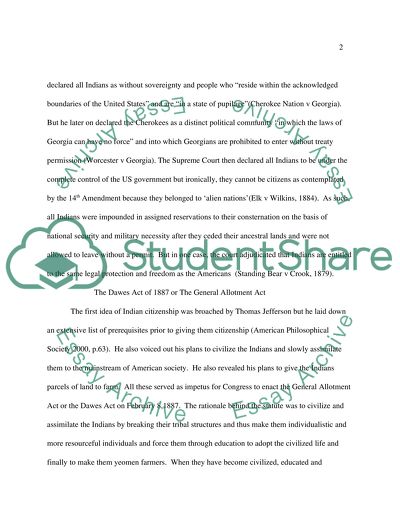Cite this document
(The Dawes Act and the 1924 Indian Citizenship Act Essay, n.d.)
The Dawes Act and the 1924 Indian Citizenship Act Essay. https://studentshare.org/politics/1504609-the-dawes-act-and-the-1924-indian-citizenship-act
The Dawes Act and the 1924 Indian Citizenship Act Essay. https://studentshare.org/politics/1504609-the-dawes-act-and-the-1924-indian-citizenship-act
(The Dawes Act and the 1924 Indian Citizenship Act Essay)
The Dawes Act and the 1924 Indian Citizenship Act Essay. https://studentshare.org/politics/1504609-the-dawes-act-and-the-1924-indian-citizenship-act.
The Dawes Act and the 1924 Indian Citizenship Act Essay. https://studentshare.org/politics/1504609-the-dawes-act-and-the-1924-indian-citizenship-act.
“The Dawes Act and the 1924 Indian Citizenship Act Essay”. https://studentshare.org/politics/1504609-the-dawes-act-and-the-1924-indian-citizenship-act.


